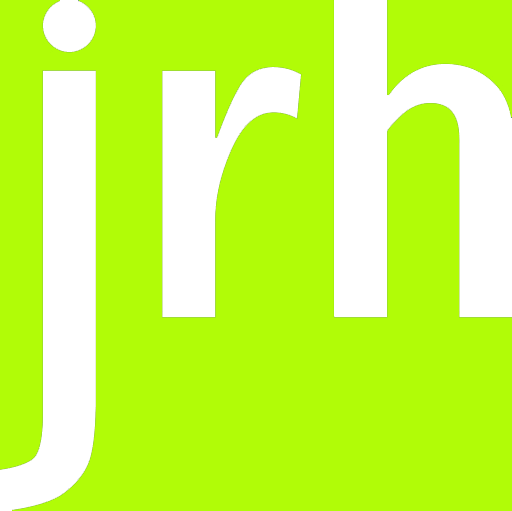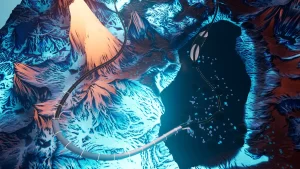Jordan Halsey | Virtual Reality Developer

Jordan Halsey | Virtual Reality Developer
I have been developing VR since the first Virtual Reality headset for consumers, the Oculus DK1, came out. I have developed projects with almost every type of VR headset that has come to market. I am an early adopter of cutting-edge VR technologies. I promote the development of compelling virtual stories and believe in the power of Virtual Reality.
Virtual Reality – The Early Days
In the mid-1990s I worked for OR Virtual, a company that specialized in 3D Architectural Visualization. At that time we would use Electric Image to render out panoramic images and use QTVR embedded within Quicktime. This allowed us to create interactive 360 scenes where viewers could rotate their view. It was also straightforward to create interaction with simple hotspot overlays. This way, a user could click and trigger a 3D animation.
The Ganek Immersive Studio
I am the Director of the Ganek Immersive Studio, an immersive studio within the School of Cinematic Arts at the University of Southern California. The primary focus of the Ganek Immersive Studio is to produce original VR projects, Augmented Reality, XR, and Immersive Experiences. The studio also serves as a forum for experimentation and is always forward-looking in its technical scope. The studio fosters Virtual Reality development and supports the students with access to the latest virtual reality devices.
The studio actively develops with Unreal Engine, Unity, and TouchDesigner. For filming production, the studio uses an Insta 360 Pro II. For spatial audio, the studio records with an ambisonic microphone and uses WYSE for specialization. We use Unreal Engine when we need to create desktop-quality virtual reality environments and Unity for Augmented Reality and mobile VR development. The studio works closely with professionals in the VR industry to ensure that we train the best of future VR developers.
SideFX Houdini for Game Development
Houdini is the core for all of my work on Virtual Reality development projects. I have a large library of Houdini Digital Assets that help with creating virtual environments and building a virtual world.
VR Playhouse
I joined VR Playhouse in 2014 as the Technical Director and Lead Artist. At the time VR Playhouse was using After Effects and was not doing any 3D. I converted our compositing pipeline to Nuke based pipeline for compositing our shot virtual reality. At the time Cara VR did not exist and I built a complicated pipeline using ST Maps rendered out in layers and manually blended in Nuke. I also began to create several reprojection methodologies for stabilization and tracking. Without the proper tools, much of our virtual reality stitching pipeline functioned around creative problem-solving. I also introduced Houdini from SideFX for our 3D production. I was already a long-time Houdini user and I began to build tools to help with the 3D modeling and production for creating virtual environments.
The stage production of The Lion King was the first virtual reality project that I was responsible for. Filmed with a 6 Go-Pro Hero unit. After The Lion King, our new pipeline was in place and the quality of our stitching improved.
Lytros “Moon” | Lightfields for Virtual Reality
Moon was an innovative Virtual Reality project that employed the use of Lightfields.

Defying the Nazi’s Virtual Reality
VR Playhouse produced the first Virtual Reality project for TimeLifeVR in conjunction with a Ken Burns documentary that premiered on PBS.

Jack In The Box Virtual Reality
VR Playhouse produced an innovative virtual reality project for Jac in the Box in conjunction with David & Goliath
Lytro – Volumetric Video and Lightfields for Virtual Reality
VR Playhouse was hired by the camera company Lytro in 2016 to design a production and post-production pipeline for the processing and production using its lightfield camera for virtual reality. The camera consisted of a 64-camera array on a one-meter hexagon. At the time this was the first in this virtual reality technology. I worked closely with the Foundry and John Stark, the lead developer of Cara VR. This resulted in the creation of several development practices that resulted in a Siggraph Master class I taught named “Video for Virtual Reality“.
Unreal Engine for Virtual Reality Production
I teach Unreal Engine within the School of Cinematic Arts at USC and have been using Unreal Engine since version 4.0. As a VR developer, I understand how to efficiently create virtual environments and employ state-of-the-art geometry pipelines within the game engine.
WEB 3 with ThreeJS and React
I am an ardent believer in the future of Web 3 software development for VR development. I have designed and created tools for building online worlds. I am comfortable with several programming languages including Python, Javascript, HTML, CSS, OpenGL, and C#.
Open Avatar – A Web 3 Experiment
Slab Cities – A Web 3 Experiment
Touchdesigner for Real-Time VR Development
I use Touchdesigner for real-time live Virtual Reality development and live interactive game development.

